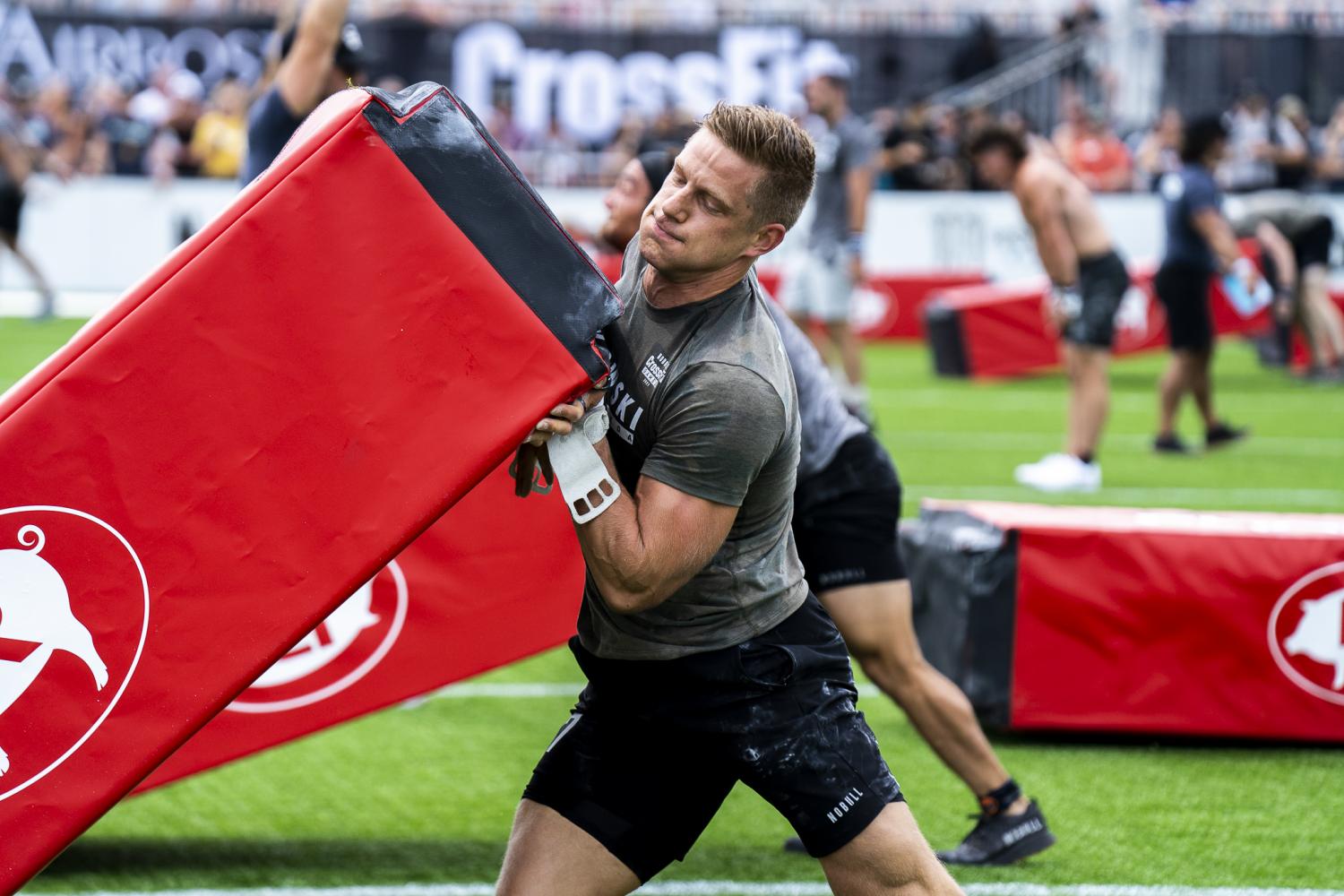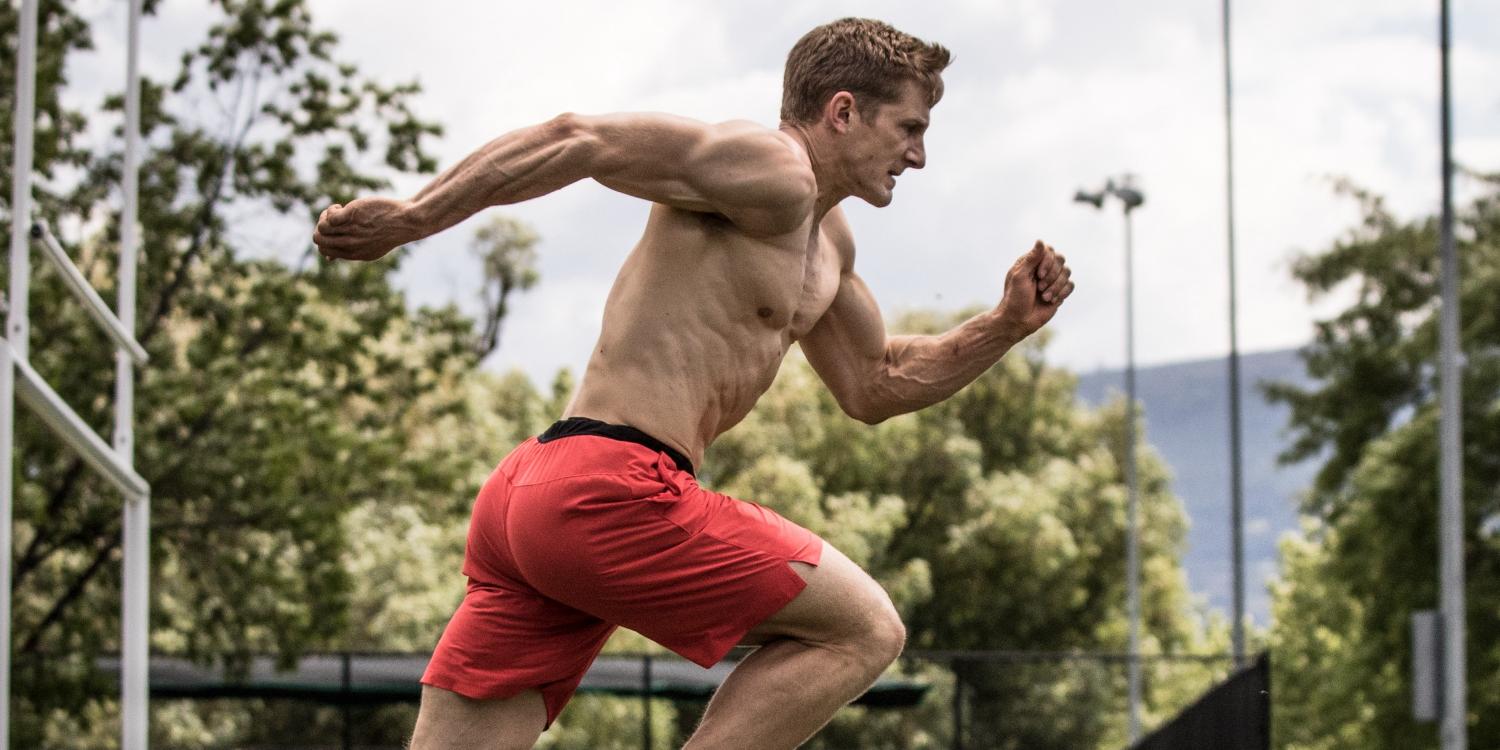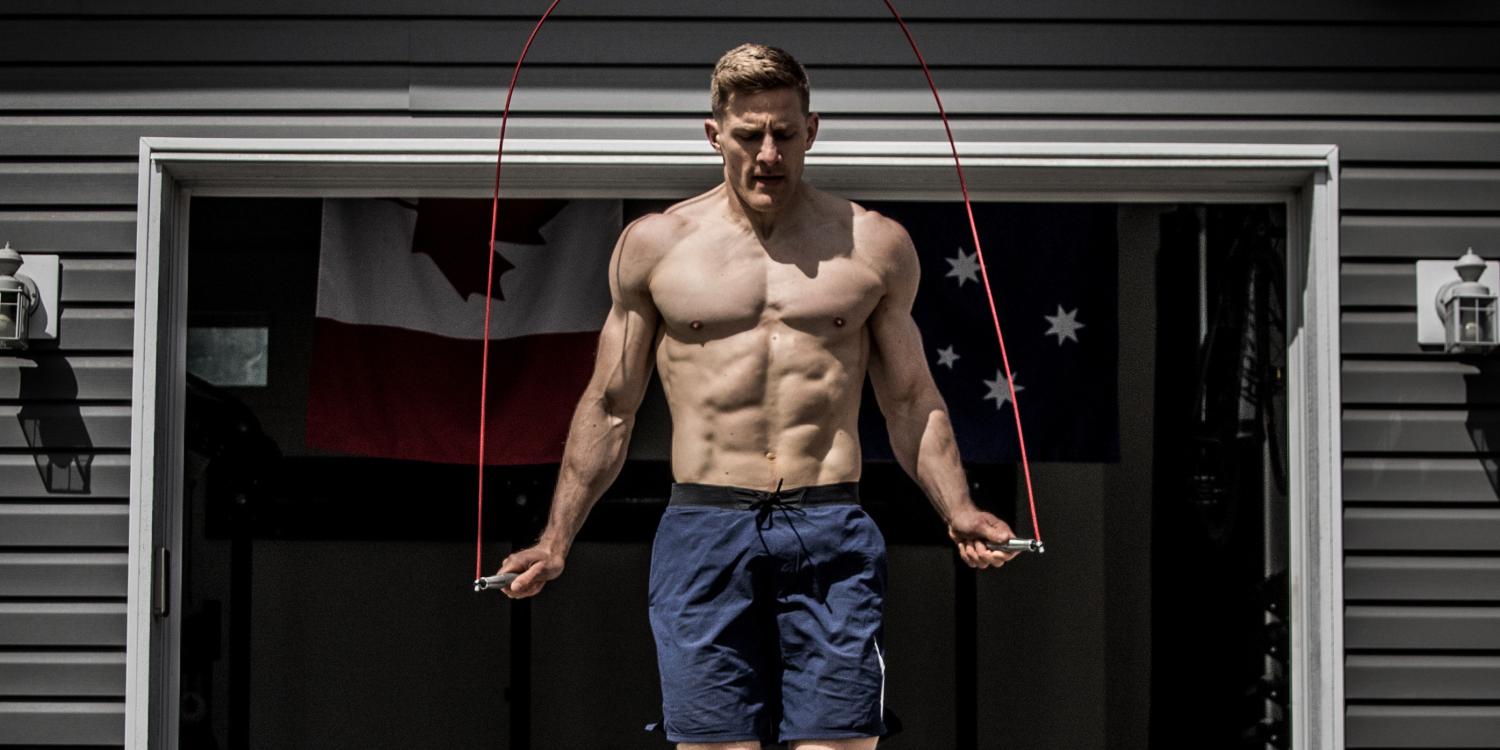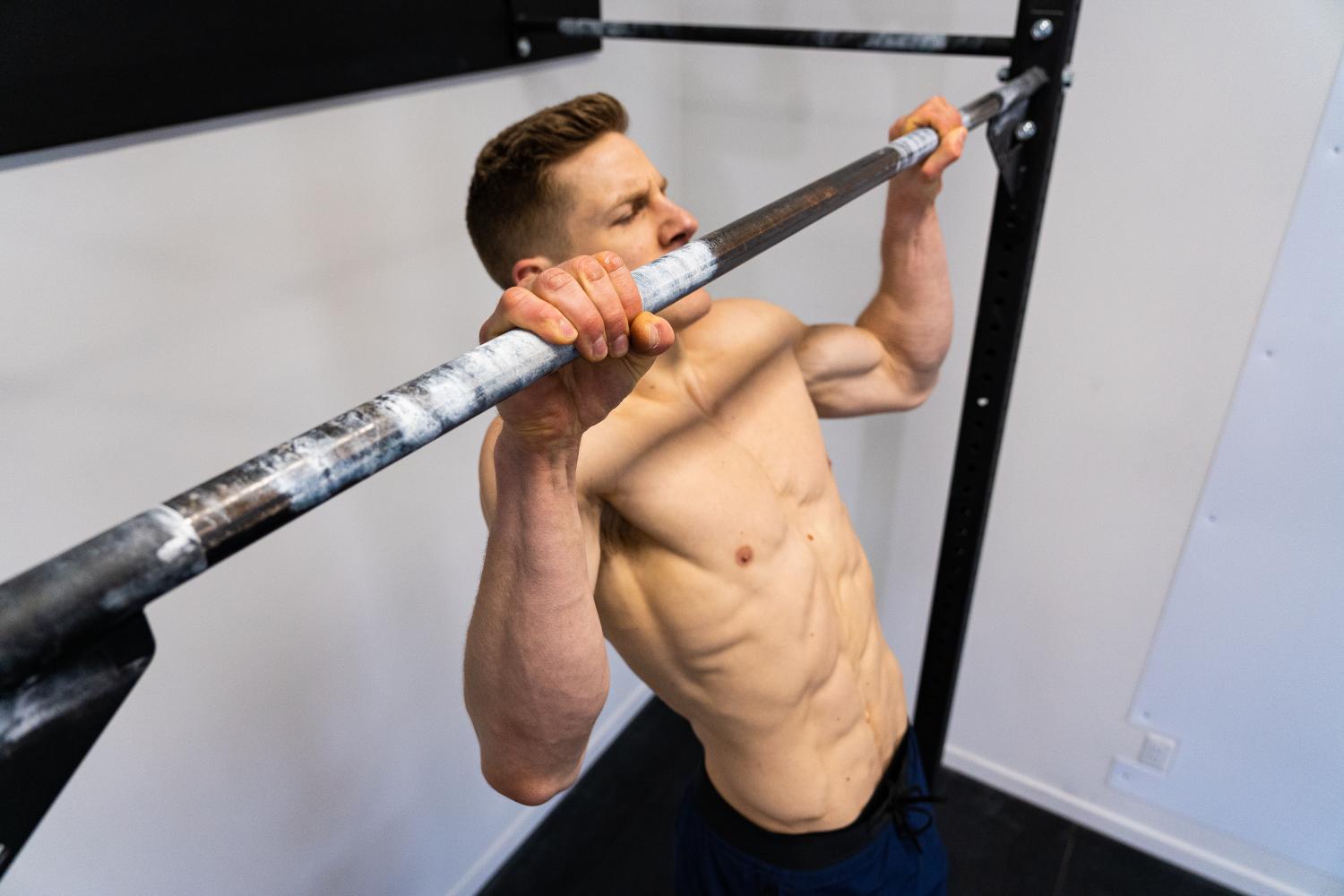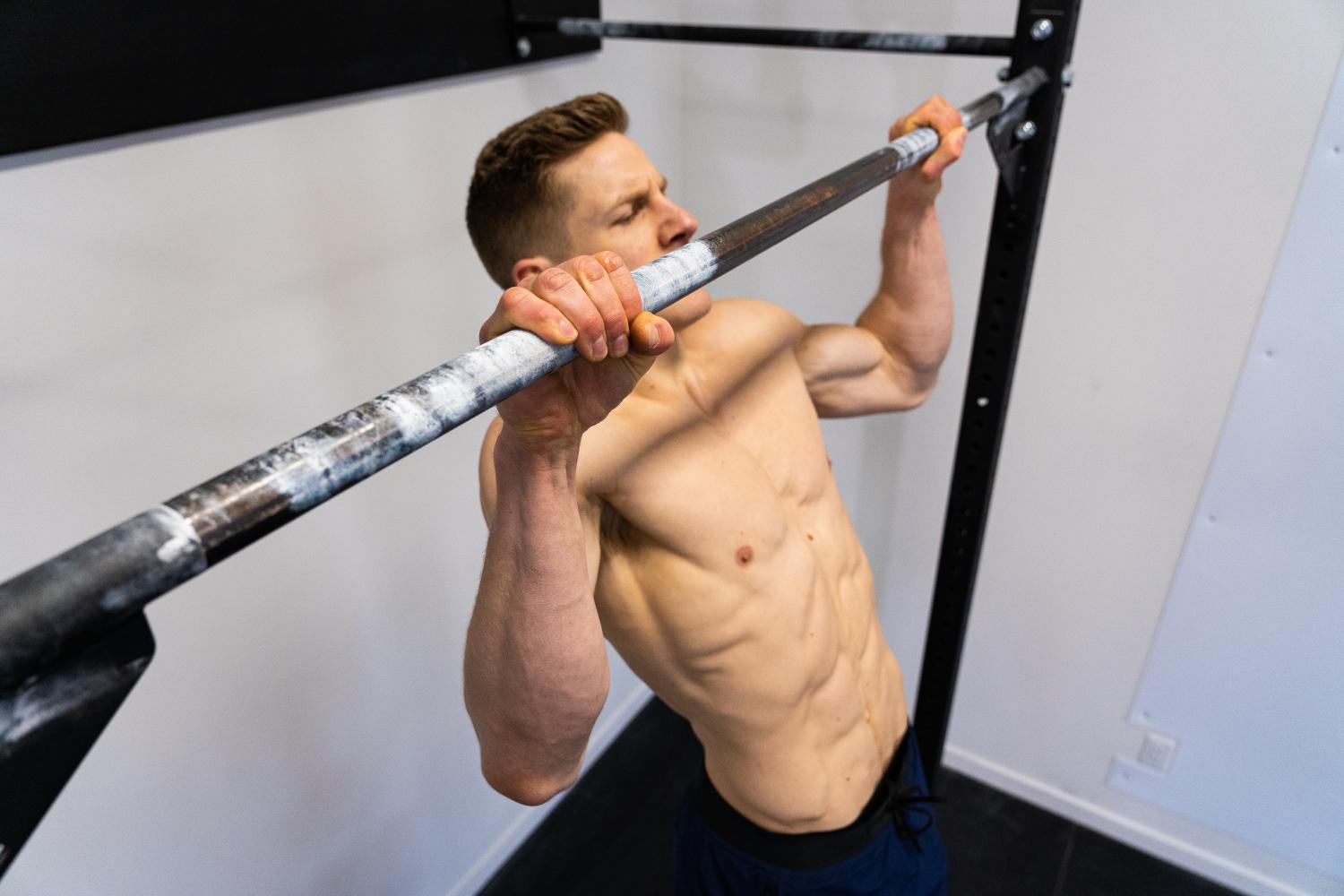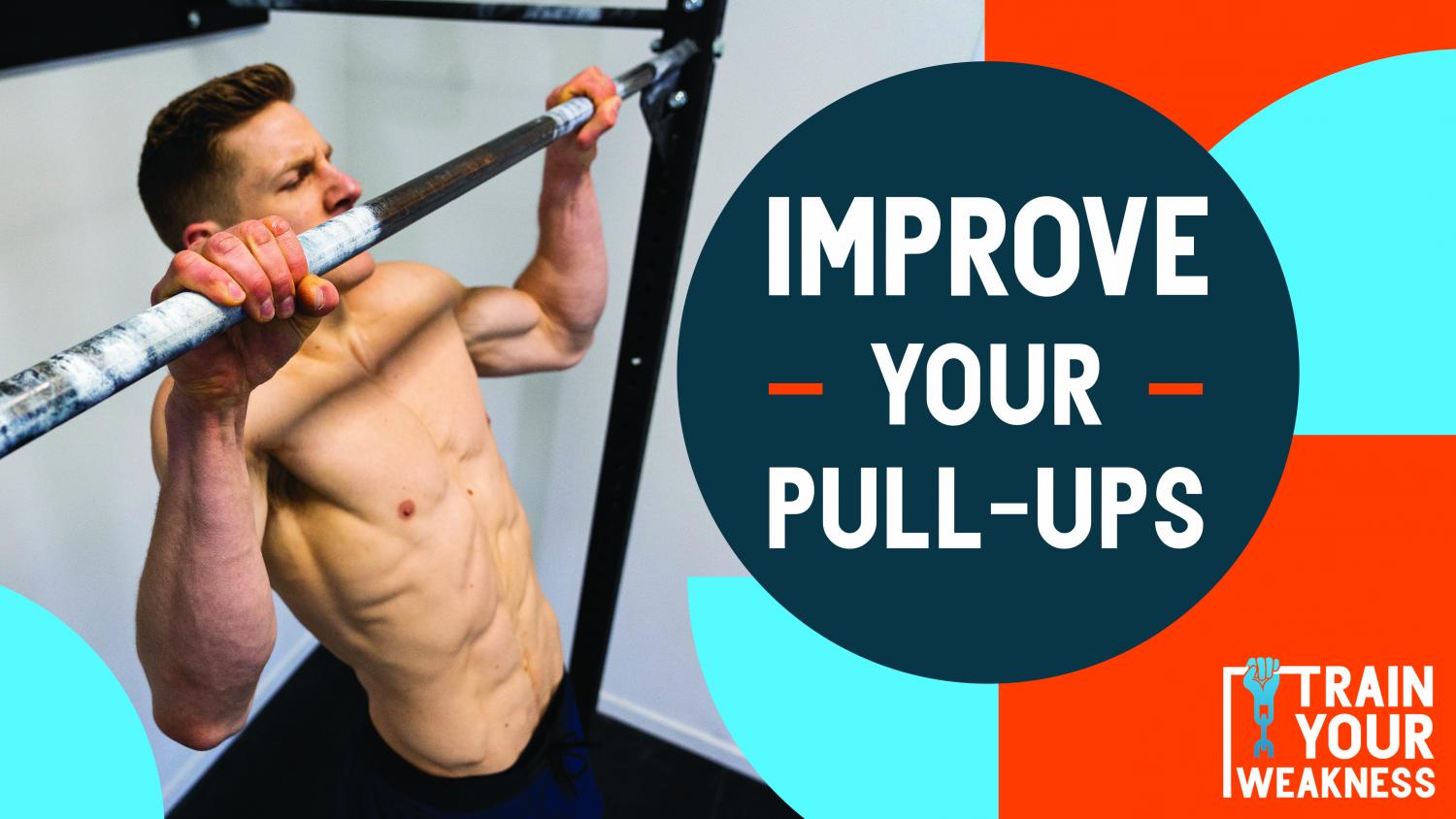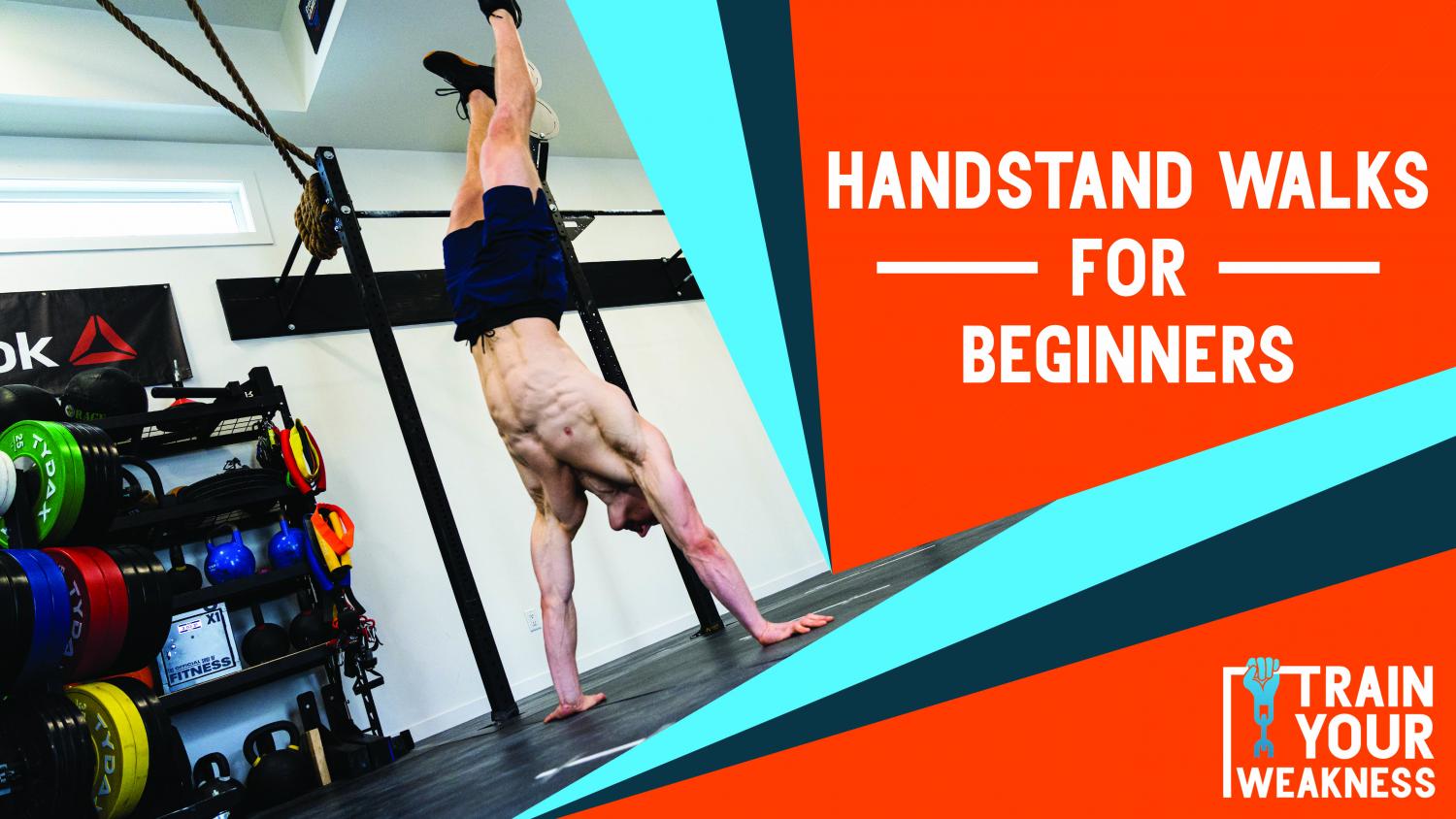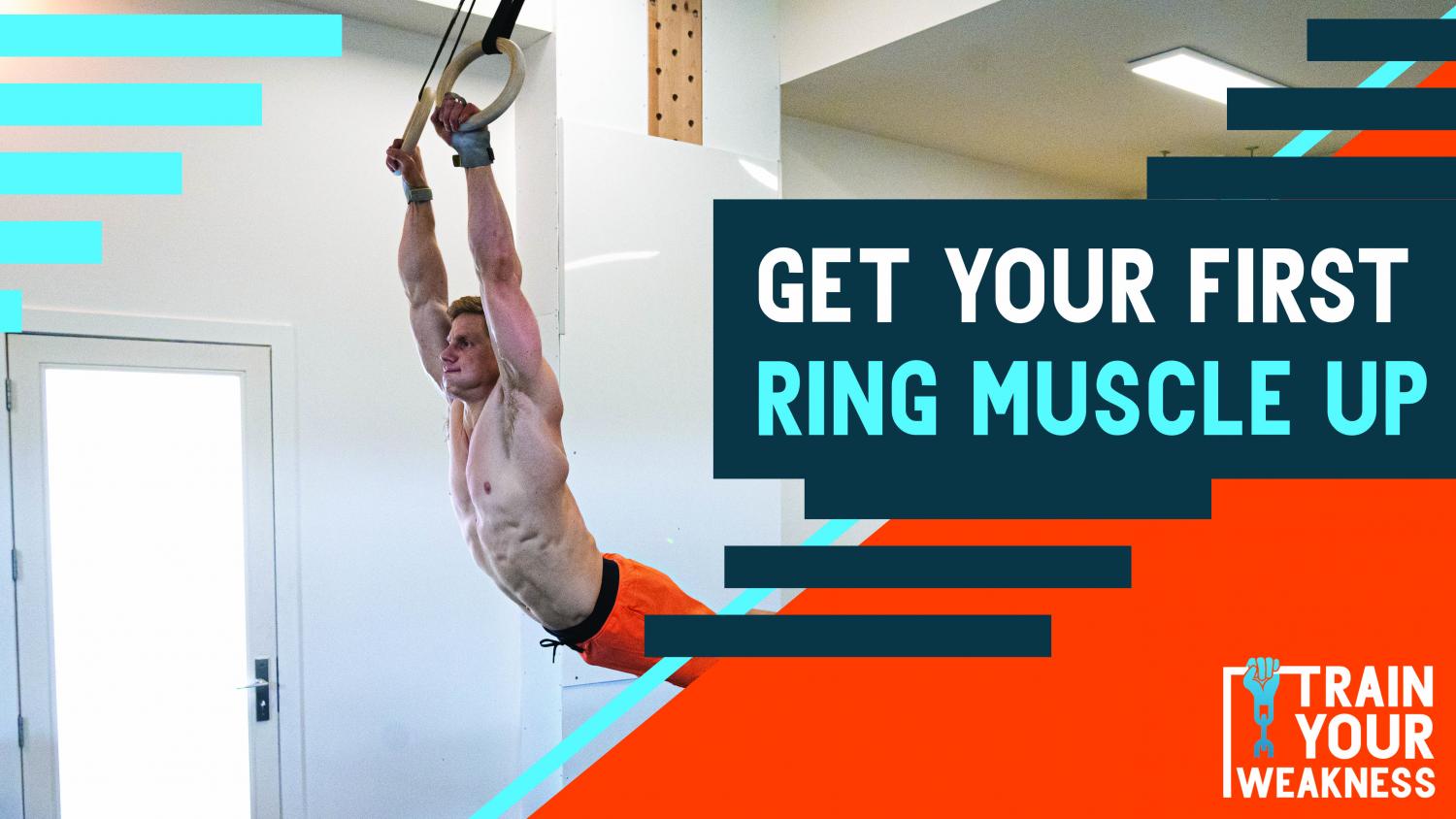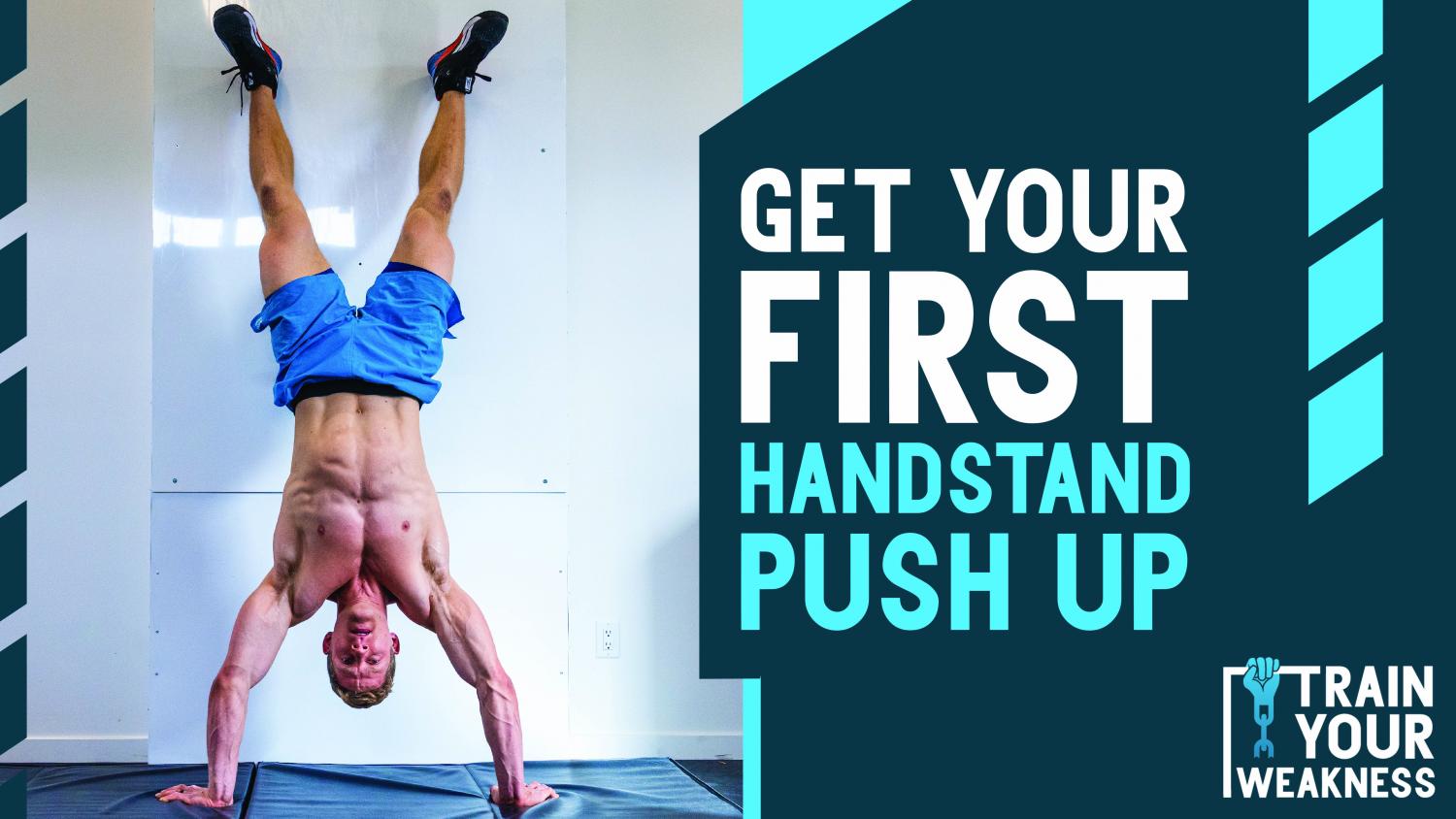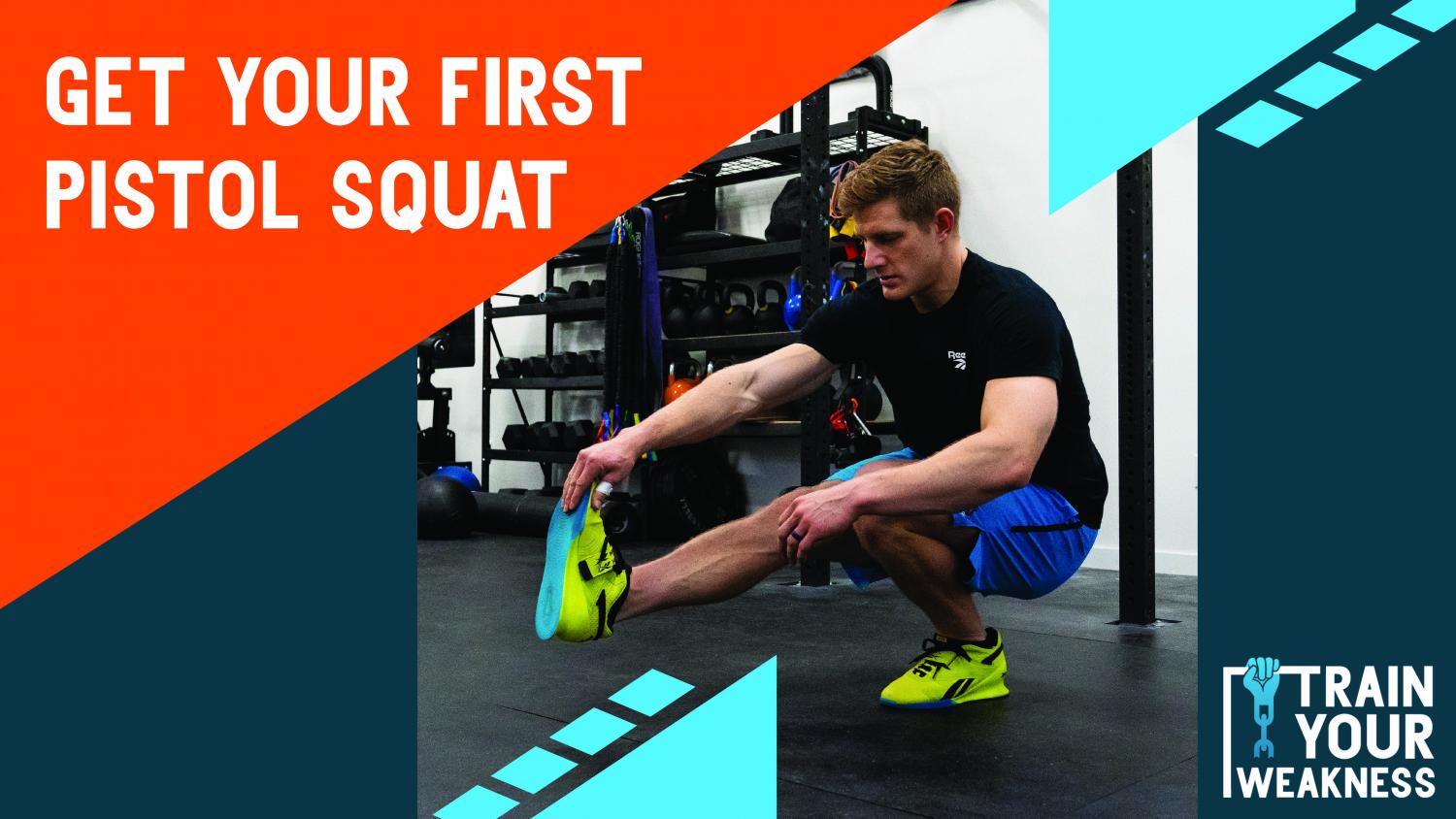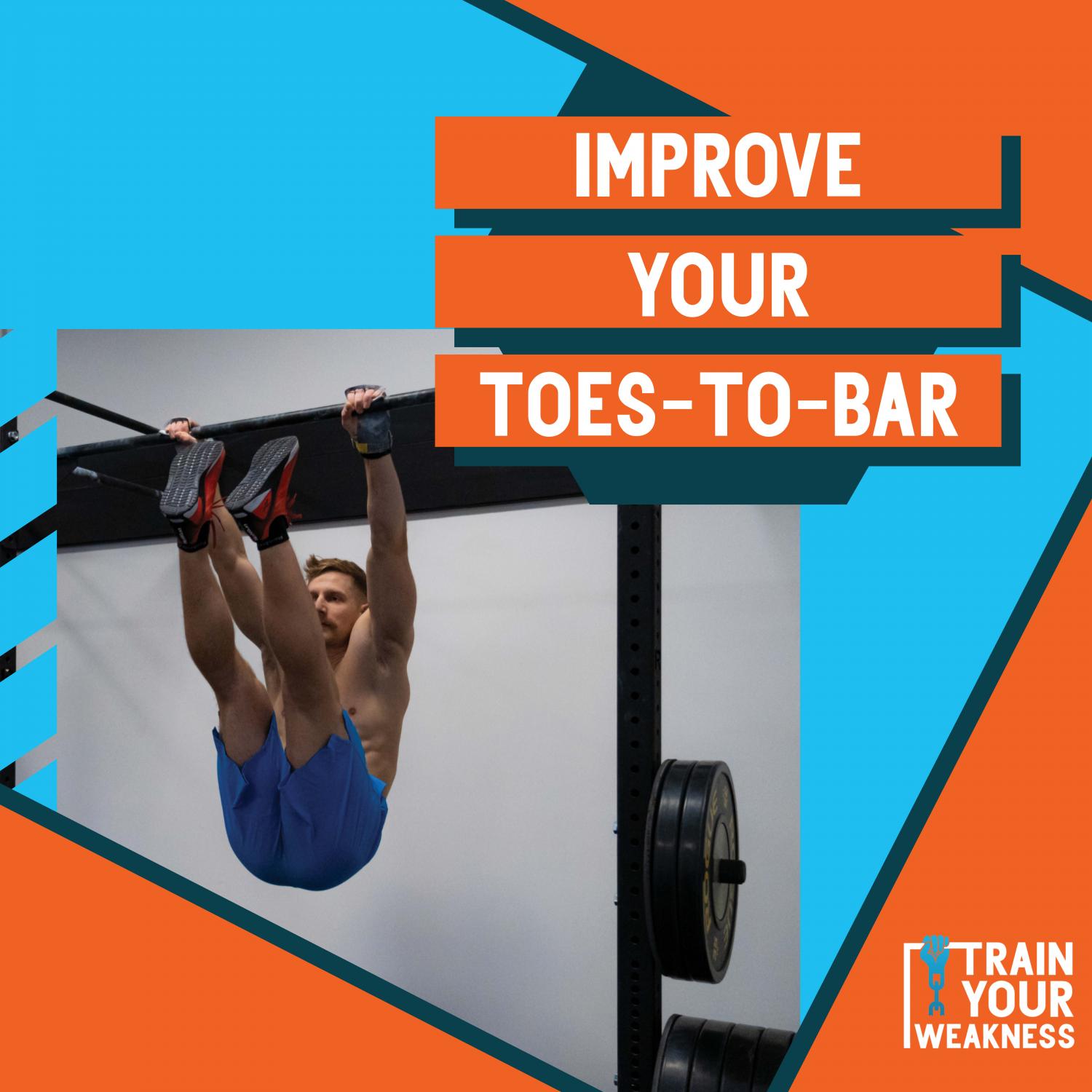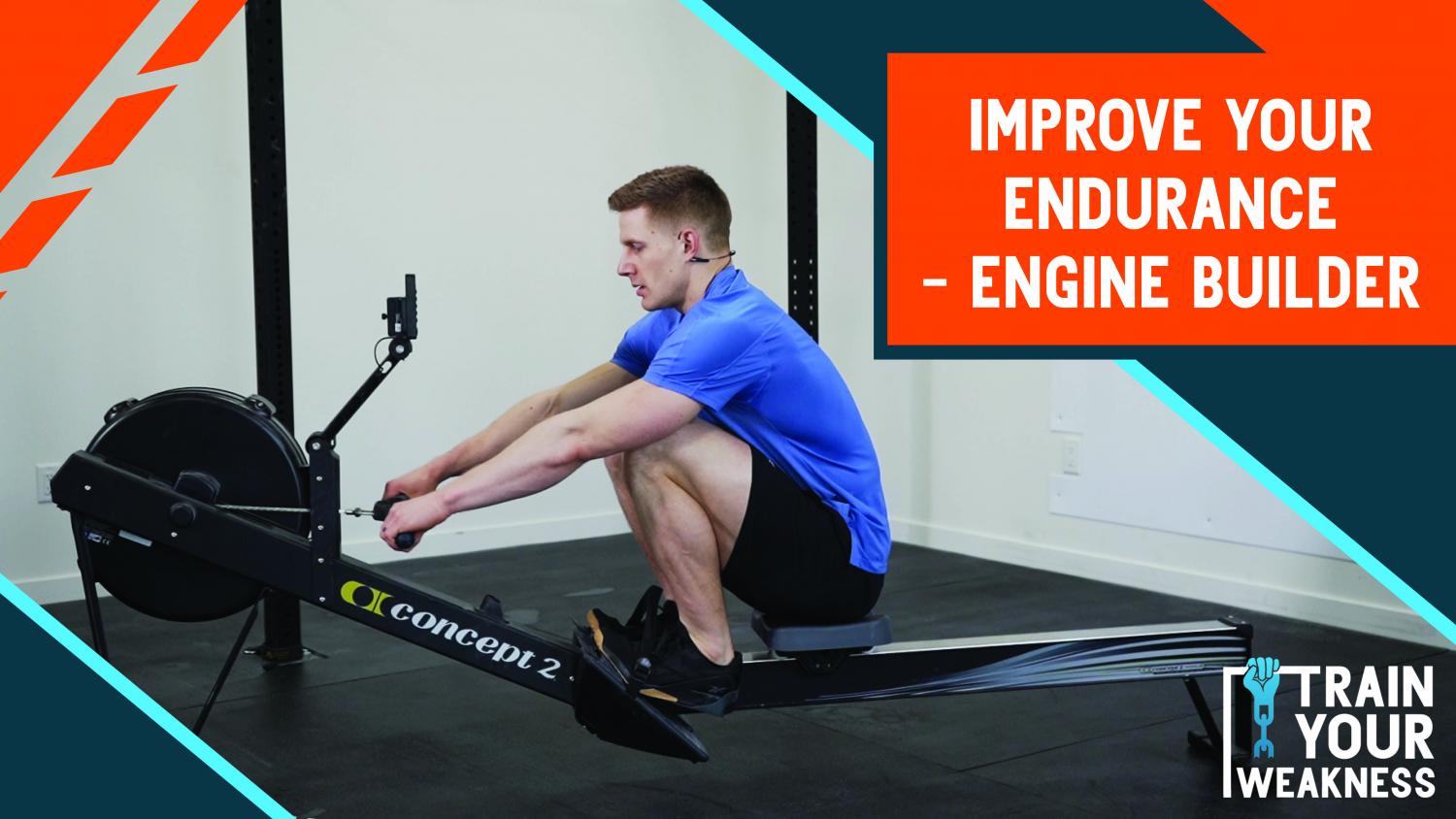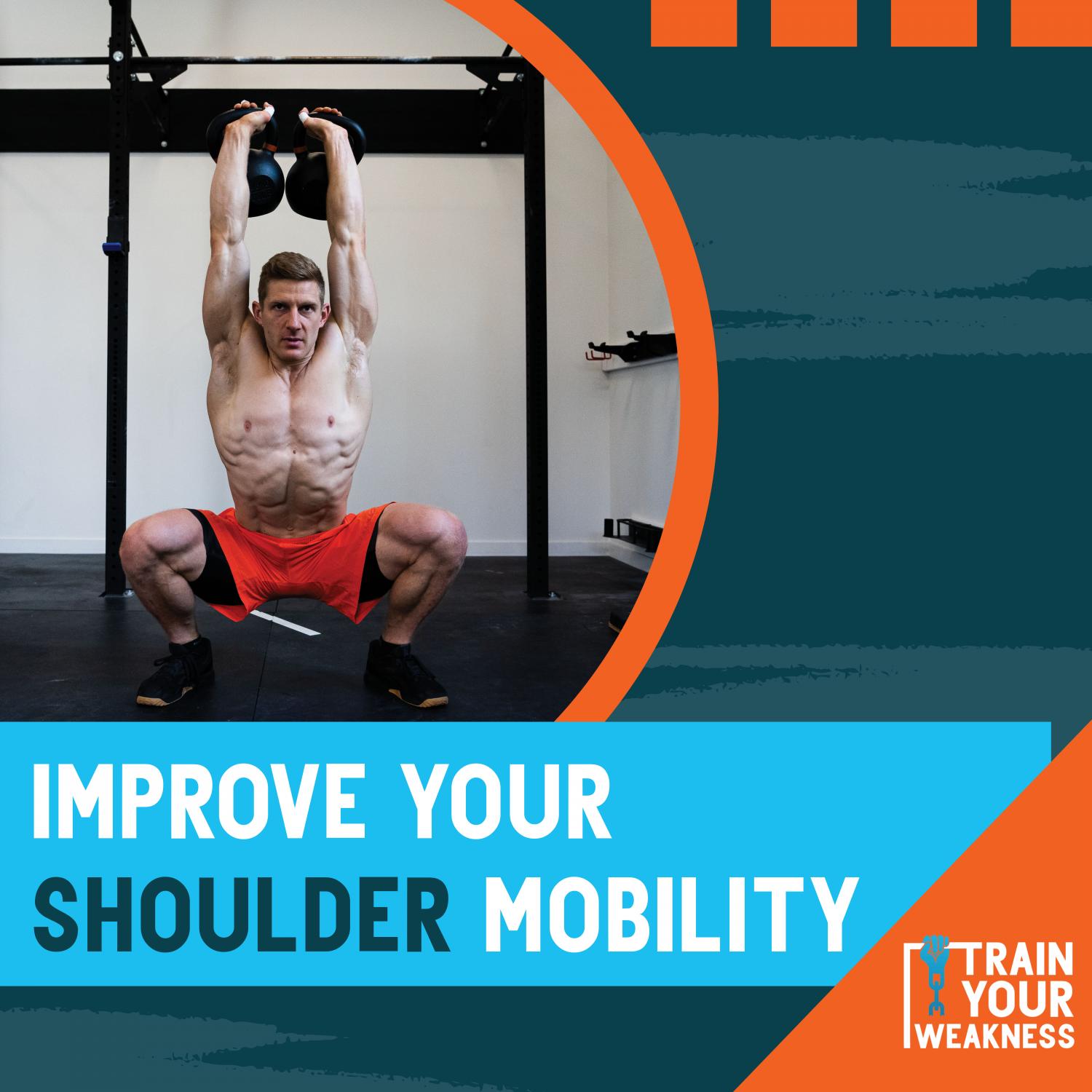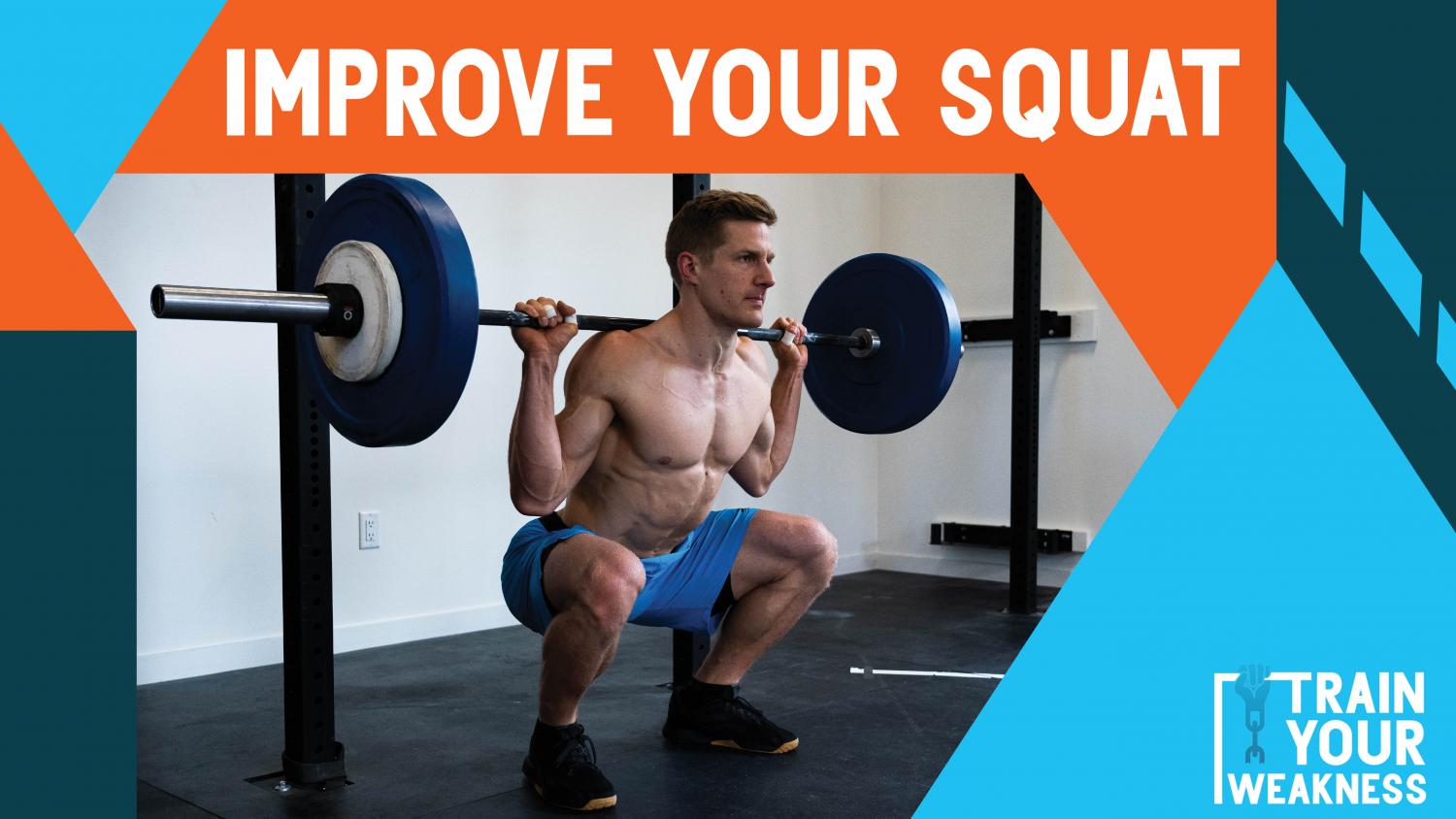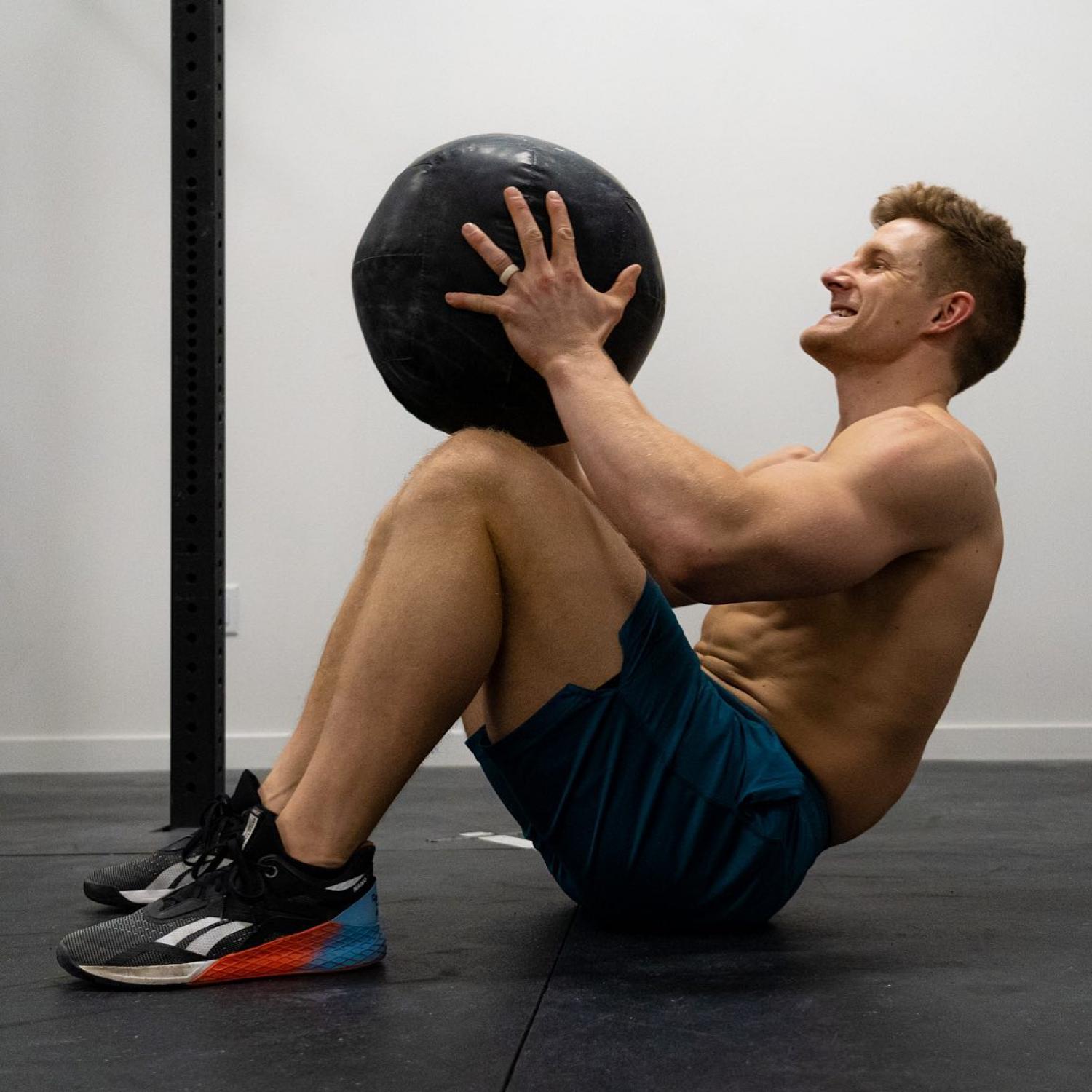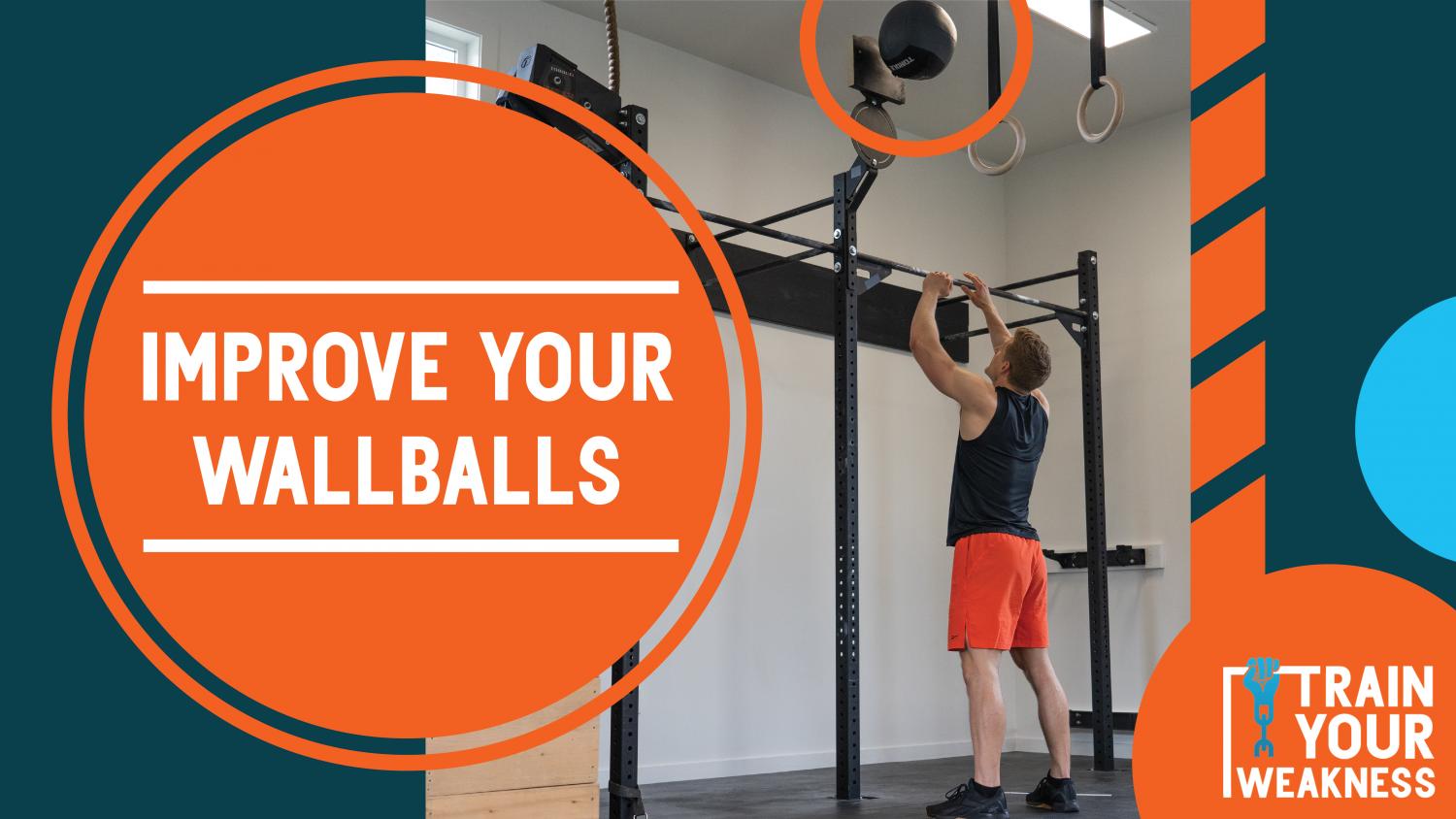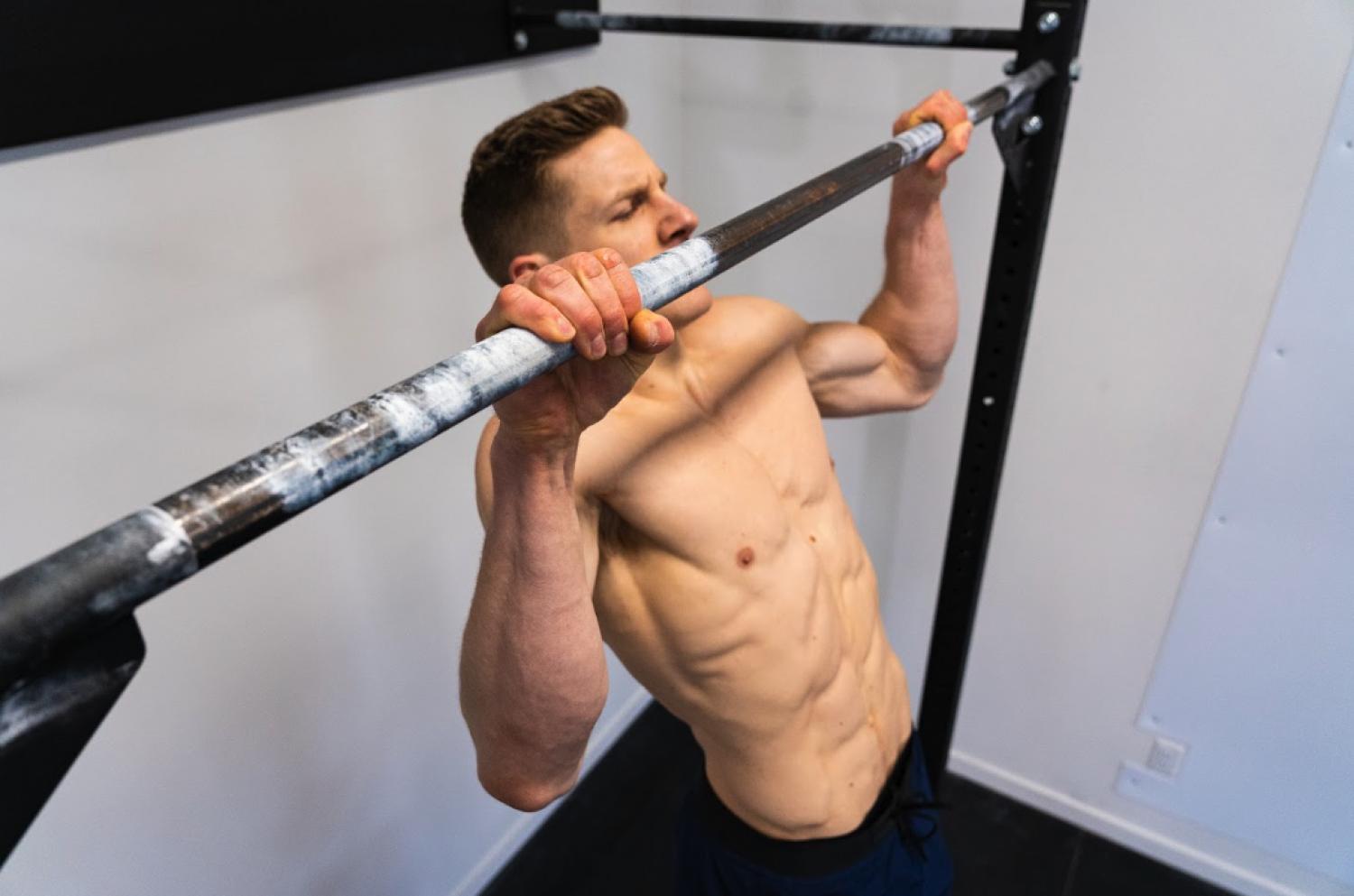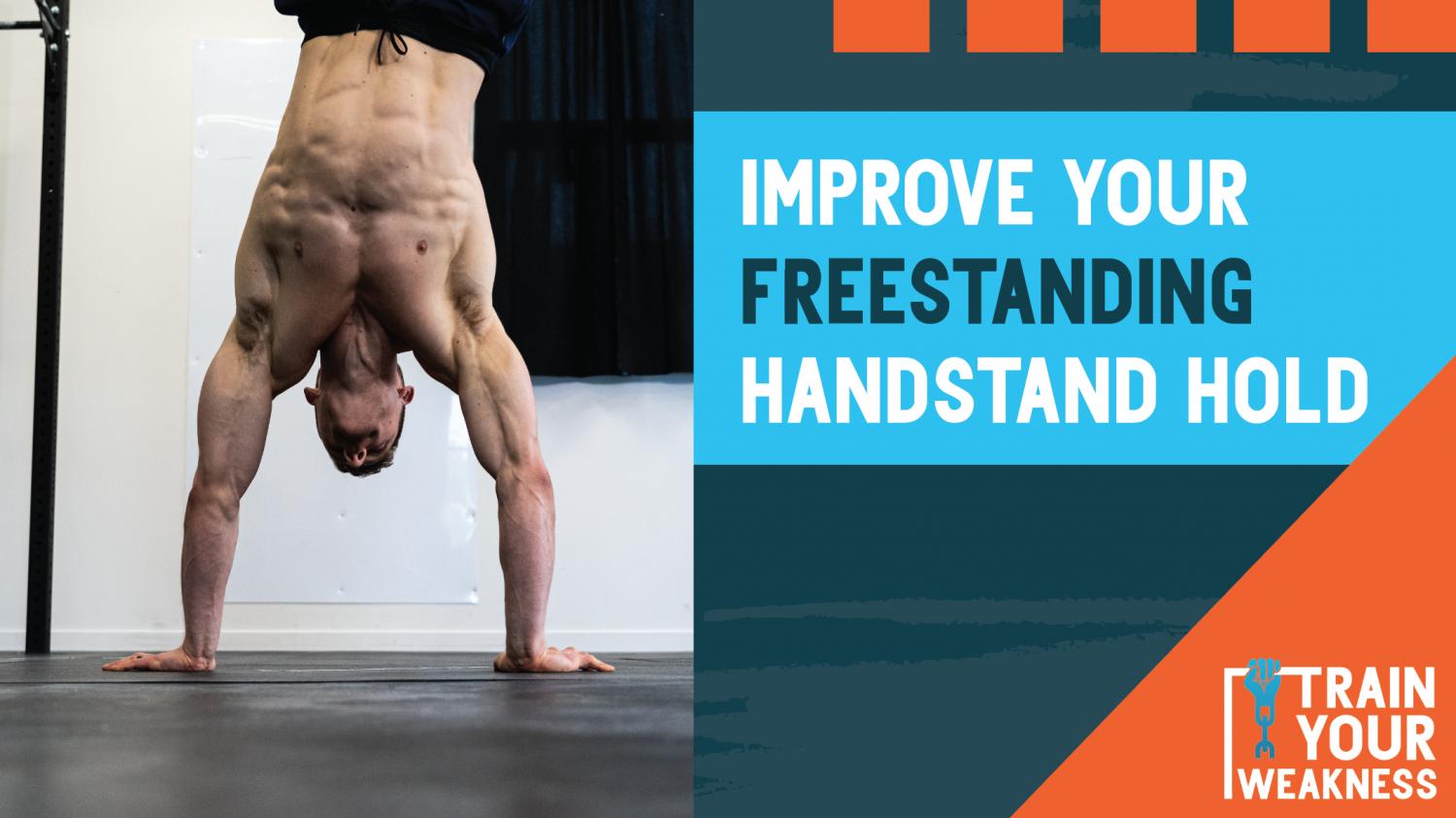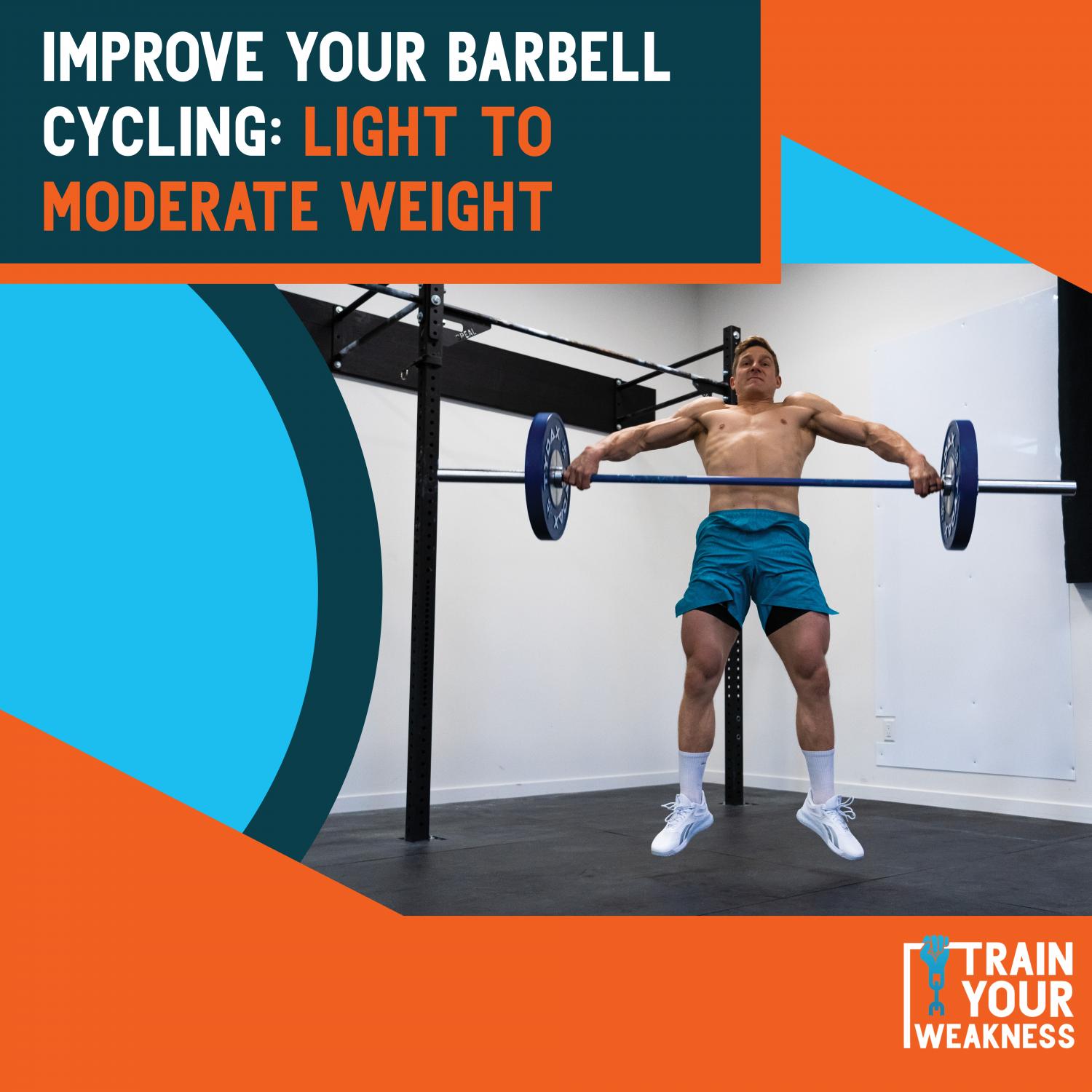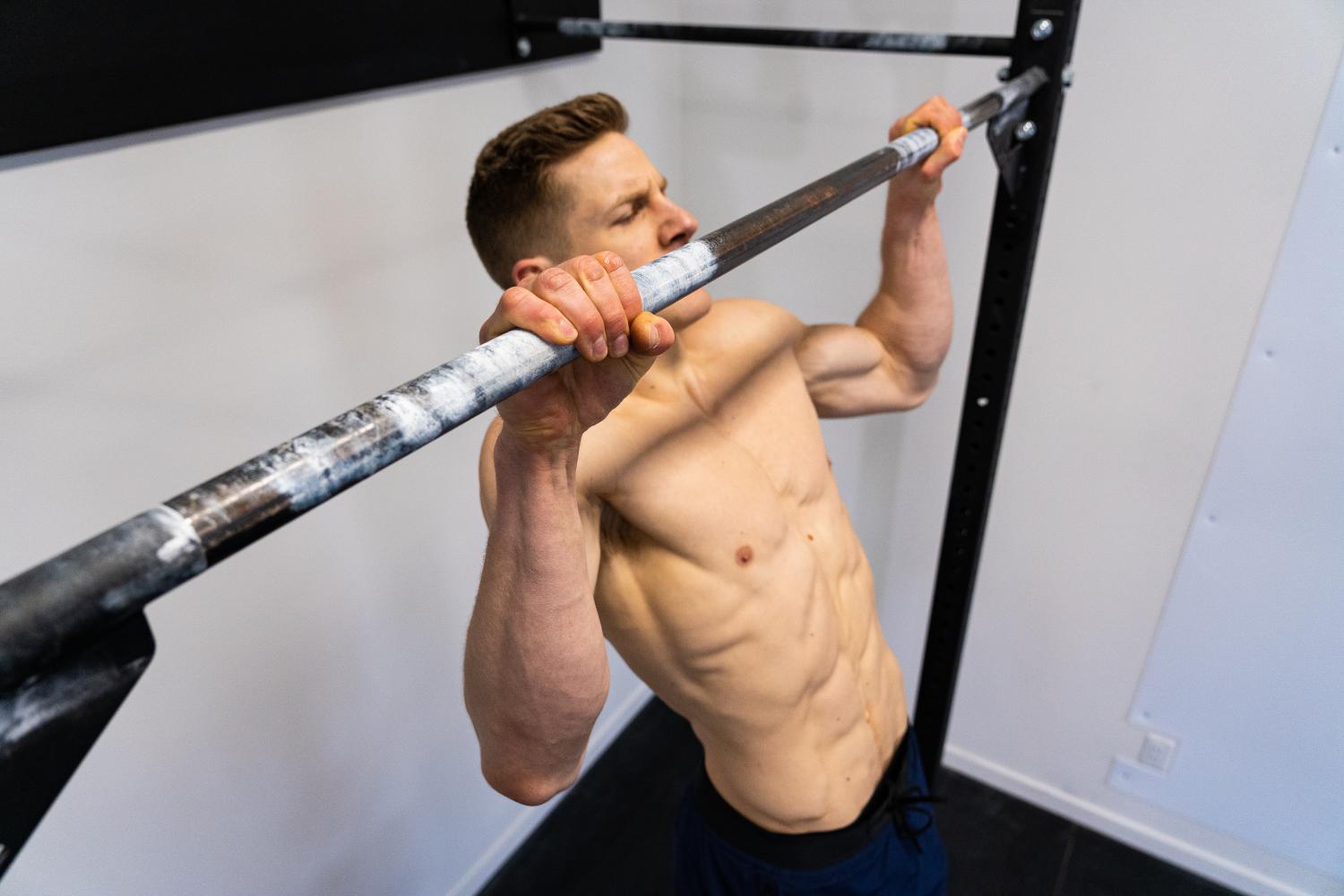
Improve your Snatch
The Propel Program
Functional Fitness, Functional TrainingImprove your squat snatch with just 3 sessions a week.
This Train Your Weakness FOCUSED programming will have your squat snatches improving in 6 weeks.



Read Intro
A
Hello! This Snatch program is 3 times a week, for 6 weeks. This program is designed around 5 fundamentals of the Chinese method of Olympic weightlifting; Stable, Low, Fast, Close, Timing Stable: We will start with a focus on creating stability around the overhead squat. In our first week, we will use various drills to create stability with a focus on PRESSING the bar towards the ceiling throughout various squat depths. Envisioning a PRESS to the ceiling is important in the overhead squat as it will help create a vertical trunk that is optimal for the overhead squat position as well as activate all the stabilizing muscles of the shoulder. This, in turn will help create more consistency in our lifting as well as reduce the risk of injury. Low: Concurrently with Stable, we want to work on getting Low into our overhead squat while maintaining a Stable overhead position. We will perform a variety of overhead squats to different depths with pauses. As we progress, we will use exercises such as the drop squat, drop snatch, and snatch balance to add speed and confidence to this dynamic component of the snatch. Both the depth and quality of our overhead squat are critical in the snatch and we will place a large emphasis on this upfront. Fast: With a well developed Stable and Low position we can start working on the concept of Fast. Fast refers to the period commonly known as the second and third pull. In this phase, we must explosively triple extend to elevate the bar high enough so that we can pull our body underneath it and secure it in the overhead position. Close: This period starts at the floor and continues through the to the end of the third pull. Keeping the bar close to the body throughout the entire lift is important because it keeps the bar moving in a straight line UP. A straight line is the shortest path between two points which means it will be the most efficient way to get the bar from the floor to overhead. Another important result of keeping the bar close is its influence on a stable receiving position. If the bar is allowed to translate horizontally (front or back) at all during the lift, it will generate momentum in that direction. If the bar is to be secured overhead it will be most easily done without the requirement to control forwards or backwards momentum. Timing: This concept refers to receiving the bar at EXACTLY the height we pull it to. It is inefficient to pull the bar any higher than absolutely necessary for the lift and can result in a feeling of being disconnected from the barbell. Additionally, receiving the bar at exactly the apex of the pull prevents the bar from ‘crashing’ on us in the catch. When developing Timing, we use snatches to various squat depths to ensure we are pulling the bar to the correct height for the required squat depth. IMPORTANT: Please watch the videos under "TIPS" on proper snatch positions and how to tape your hands for snatching. The same goes for all written movement cues and video examples throughout the program. If you have any questions about this program or want video review help, email: support@trainyourweakness.com All billing issues to support@trainheroic.com Ready? Let's get snatching! - TYW Team
Warm-up (6 min):
B
Foam roll lats, 1 minutes per side Then 2 Sets: 10 Snatch Deadlift 10 Snatch Shrugs 10 Snatch High Pulls 5 Behind the Neck Snatch Grip Push Press, Push Jerk (5 of Each) The lats are a common area of restriction when elevating our arms overhead. Foam rolling can help to relax the muscle and allow it to become more extensible. Be sure to take a look at the demo for the barbell work, complete each movement with purpose, keeping the bar close and getting the body prepped for our initial test!
C
Snatches: Proper Squat Snatch
1 x 1 @ MAX lb
D
Snatches: Behind the Neck Snatch Grip Push Press
5 x 5
E
Snatches: 3 Position Overhead Squat
5 x 5
F
Snatches: Barbell Power Snatch from Hip
5 x 3 @ _ , _ , _ , _ , 85 %
Prep (6 min):
A
2 Rounds: 30 seconds per side chest stretch 10 Prone Y’s No rest between exercises! The chest is another common area of restriction when in the overhead position. This exercise pairing is meant to create some mobility through our chest as well as warm-up the muscles of our upper back that are going to work to stabilize our shoulders in the overhead position.
B
Snatches: 1 Empty Barbell Behind the Neck Snatch Grip Press + 1 Pause Overhead Squat
5 x 6 @ _ , _ , _ , _ , 75 %
C
Snatches: Barbell Power Snatch from the Hip + Pause Overhead Squat
5 x 3
Prep (6 min):
A
3 Rounds: 60 seconds per side Ankle rockers, 60 seconds per side Hip opener No rest between exercises! The two main areas of restriction in the lower body when it comes to overhead squat are the hips and the ankles. A deep overhead squat relies heavily on being able to get your knees past your toes in the bottom of a squat and your legs to abduct and externally rotate to open space in the hips.
B
Snatches: Empty Barbell Sotts Press in three positions (1/4 Squat, 1/2 Squat, deep squat)
5 x 3
C
Snatches: Pause Squat Snatch from the Hip
5 x 3
 Brent Fikowski
Brent Fikowski
Brent has been a CrossFit Regionals athlete since 2013 and a CrossFit Games athlete since 2016. He is nicknamed "The Professor" because of his deliberate and thoughtful approach to training. He also started The Professor Project in 2018, helping athletes become more efficient in movement, mindset, and more.
 Bobby Dee
Bobby Dee
By focusing on Brent's weaknesses, they qualified for the CrossFit® Games and landed on the podium. The caliber of athletes Bobby Dee has coached is matched by his own personal achievements. He holds a Masters in Chiropractic, has elite history in the military, podium finisher in Australia’s Strongest Man, completed an Iron Man, an ultramarathon and competed at a high level in rugby and CrossFit®.
 Jeremy Meredith
Jeremy Meredith
2-time CrossFit® Games individual competitor and 9-time regionals athlete, Jeremy is a Level 2 Certified CrossFit® Trainer and owner of CrossFit® Vernon in Vernon, BC, Canada. Jeremy made his first trip to the CrossFit® Games in Carson, California, following that with a repeat trip in 2012.






